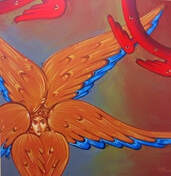|
The title Moscow "Patriarch" appears to be decisions that, in hindsight, turn out to be most lamentable. Decisions made by the Ecumenical Patriarchs in the twentieth century, like when the Ecumenical Patriarchate was compelled to acknowledge the legitimacy of the Russian Orthodox Church, appear to be decisions that, in hindsight, turn out to be most lamentable. From an ecclesiastical perspective, the appropriate canonical option would have affected Orthodoxy unblemished long-term. Nonrecognition of Stalin’s church could have prevented the amplification of Russian propaganda, which bears resemblance to current unfounded allegations involving the Patriarch of Constantinople being perceived as an American asset.
A convergence of geopolitical upheavals appeared to be the catalyst for direct conflicts between the Ecumenical Patriarchate and the Russian Orthodox Church. Numerous breaches by Moscow spanning centuries have occurred, making it impractical to detail them all here. However, here's a terse geopolitical overview. Apart from attempting to project a façade of pseudo-legitimate leadership, as exemplified by the "third-Rome" fallacy, the Russian Church has propagated numerous unfounded narratives like "Union with Rome" or claims of being “influenced by Muslims” and so on. These false Russian authored tropes have contributed to sowing division among Orthodox communities and triggering conflicts between brethren. It's crucial to recognize that the Russian Church had, in fact, veered away from the canonical lineage of the ancient church centuries ago, ultimately relinquishing its legitimate canonical position from at least 1721. Adding to mistakes, the ancient church has yet to rectify, Moscow’s patriarchal title should be revoked forthwith. This is not just due to Cyril's incompetence, but also his endorsement and instigation of fratricidal wars. However, it is even more deeply rooted in the historical malevolence the “Moscow Patriarchate” has sown. The 19th century, in particular, highlighted Russia's sinister use of the church as a tool of "soft power." Following a century under Czarist-controlled synods—a period initiated by Peter the Great's dissolution of the Moscow Patriarchate and its unilateral relocation to St. Petersburg—Russia. Already enmeshed in various conflicts with the Ottoman Empire, Moscow began employing manipulations in war-torn regions striving for independence. An egregious instance was Russia's interference in Bulgaria, resulting in significant racial and nationalist tensions and leading to the Ecumenical Patriarchate's 1869 proclamation of condemnation ethno-phyletism. Even this has been exploited by Moscow to foster deeper misinterpretations of proper Orthodox phronema. A pattern of Muscovite ecclesiastic abuse persisted beyond the Holy and Great Pan-Orthodox Synod that met in Constantinople in 1872 where the Kremlin sowed conflicts between the Ottoman Empire and a coalition led by the Russian Empire in 1876. The downfalls of the Czarist Russian Empire in 1917 and the Ottoman Empire in 1922, coupled with the influence of the Great War from 1914 to 1918 and the role of Bolshevik support for Mustafa Kemal's national movement, all contributed to the intricate landscape of the Orthodox world. ROCOR and the Living Church were founded in the early 1920s as self-declared, de facto independent ecclesiastical jurisdictions which sprouted out of the Moscow Patriarchate amongst others, all vying for recognition and legitimacy within canonical boundaries. These de facto churches emergence was initially a response to irregular canonical practices in Moscow. Like the reestablishment of a Patriarchate and election of the “wrong candidate” the American and Czarist, Tikhon. The establishment and early acknowledgement of the Russian Orthodox Church Abroad (ROCOR) and the Living Church (1922-1940) introduced a variety of unorthodox practices that continue to taint the Orthodox Body, to this day. These independent jurisdictions were granted permission by Metropolitan Dorotheos of Prousa, acting as Locum Tenens of the Ecumenical Patriarchate of Constantinople, to create a "temporary committee (epitropia)" for the specific goal of serving the population and overseeing the ecclesiastical affairs of Russian exiles in Orthodox nations. This committee was established under the jurisdiction of the Ecumenical Patriarchate and was named the Temporary Higher Church Administration Abroad (THCAA). However, confusion was deepened, and state control strengthened by Stalin's comprehensive backing of this new Moscow Patriarch and ROCOR. The Montreux Convention of 1936, and the Turkish Straits crisis during the Cold War exemplified the broader historical context. The Russian Church consistently seized opportunities to convert geopolitical crises into religious conflicts, exerting both geopolitical and ecclesiastical pressures on the Ecumenical Patriarchate. One of the pivotal aspects of this era was the existence of two predominant Orthodox churches. The Great Nation founded by the Apostles, endowed by the Ecumenical Councils, Tradition, and the Church Fathers. And the other church firmly set on heresy Russian Mir. Firstly Czarist, then Soviet and now bishop Cyril’s power. One centered in Constantinople and the other in Moscow. It's important to remember that the Ecumenical Patriarchate held leadership over the diverse Christian subjects within the expansive Ottoman Empire—stretching from Constantinople, Alexandria, Antioch, Jerusalem, and Cyprus, as well as the territories of modern-day Greece, Serbia, Romania, Bulgaria, Georgia, and Albania… In contrast, the Kremlin churches under militarily occupation —such as the Church Poland, Czech Lands and Slovakia, Estonia, Georgia, and Ukraine post-World War II— found themselves behind the Iron Curtain, encompassed by the Soviet Union. The Iron Curtain enveloped large swaths of ecclesial lands seized from the ecumenical Patriarchate, the so-called acquired territories. Not until the Soviet collapse in 1990 did these iron curtain seized territorial churches receive and many continue to desire emancipation from this heresy of Russian World.
While Turkey had maintained an official stance of neutrality for much of the Second World War, the situation shifted after the war's conclusion. The Soviet government exerted pressure on Turkey, urging the implementation of a joint military arrangement to oversee the passage through the Turkish Straits—a vital link connecting the Black Sea and the Mediterranean. In response to the Turkish government's refusal to comply, tensions escalated in the region. The Soviet Union showcased its military might and put forth demands for territorial concessions along the border shared by Georgia and Turkey. Moscow wields the same excuse for war now as then its primary objective behind this intimidating campaign was to proactively counter American influence and naval presence in the Black Sea region. Today it is NATO. Then as now, it aims to undermine Turkey's government and draw the country into the orbit of Post-Soviet influence. The Straits crisis served as a significant catalyst, alongside the Greek Civil War, in prompting the formulation of the Truman Doctrine. As the crisis reached its peak, Turkey found itself compelled to seek protection from the United States by becoming a member of NATO, thereby solidifying its security alliance. Even today, Russia’s conflicts appear to persist without a clear geopolitical resolution. However, from an ecclesiastical perspective, under the remarkable guidance of the Ecumenical Patriarchate, particularly under the leadership of His All Holiness Bartholomew, the Patriarch of Constantinople, efforts are being made to reinstate a canonical order. This initiative is not without its challenges and is causing some unease within the realm of Russian soft power and post-soviet satellite nations and the churches they encompass.
Stephen Lilley
9/5/2023 06:23:35 am
You should check over your grammar "ecclesiological" is an adjective not a noun. What noun is it modifying? Comments are closed.
|
Most Popular Posts
Archives
October 2024
Categories
All
Αγιογράφος
Ηλίας Δαμιανάκης Άρχων Μαΐστωρ της Μεγάλης του Χριστού Εκκλησίας AuthorBy the Grace of God Archon Elias Damianakis has ministered in the study of Holy Iconography since 1980. In his biography you can read about Elias' life and on his portfolio page you can see where he has rendered some of his hand painted iconography or visit the photo galleries to see some of his work. There is a complete list of featured articles, awards and testimonials which you can visit, as well as a list of notable achievements here below. Please contact Elias for more information or suggestions for this website, thank you and God Bless. |
|||||||||||||||
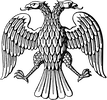
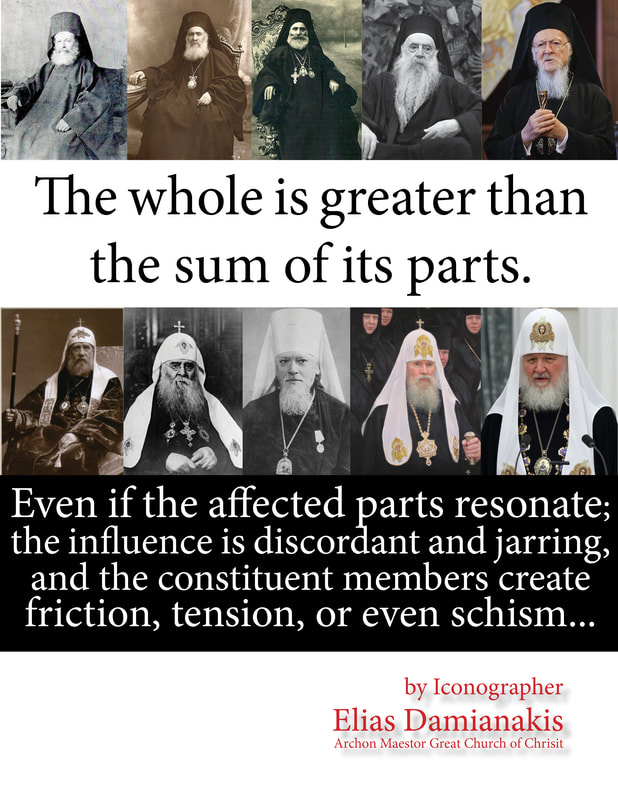







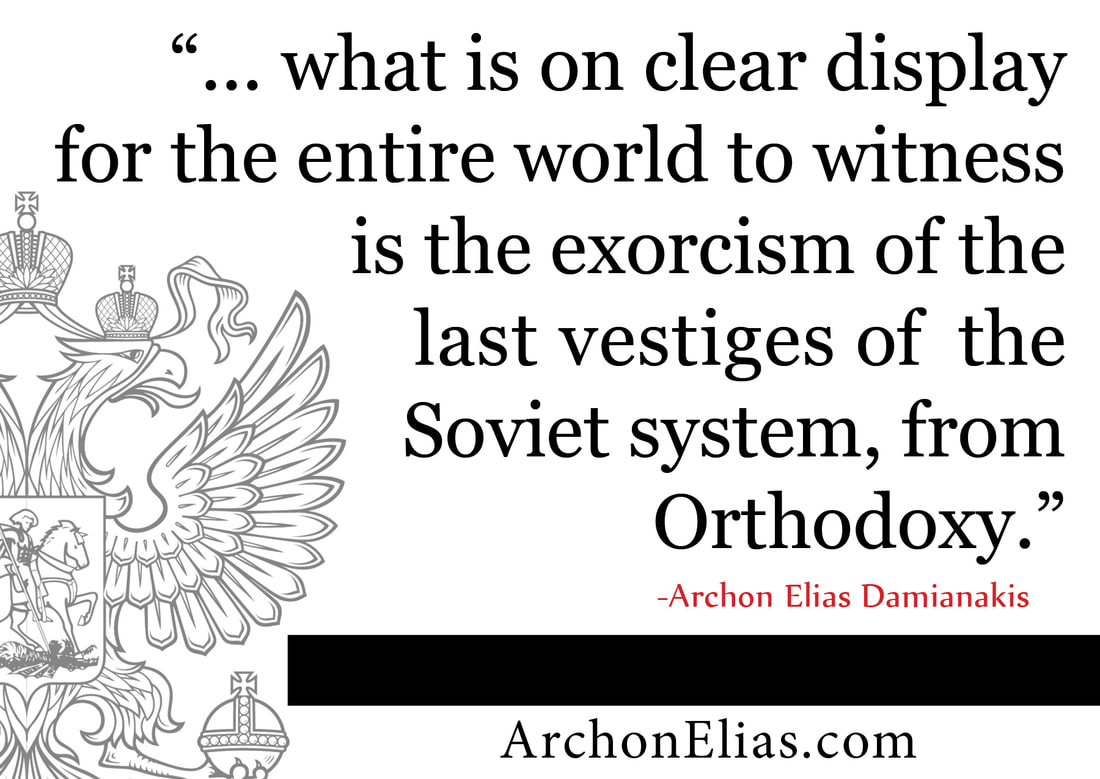

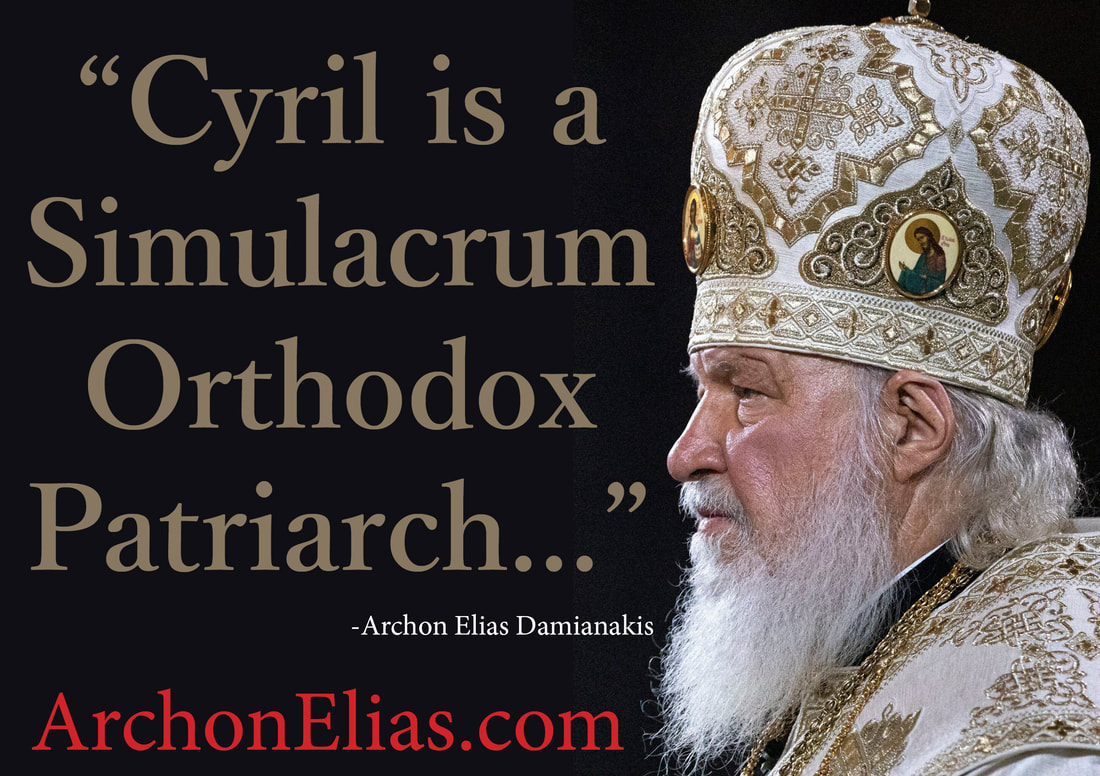




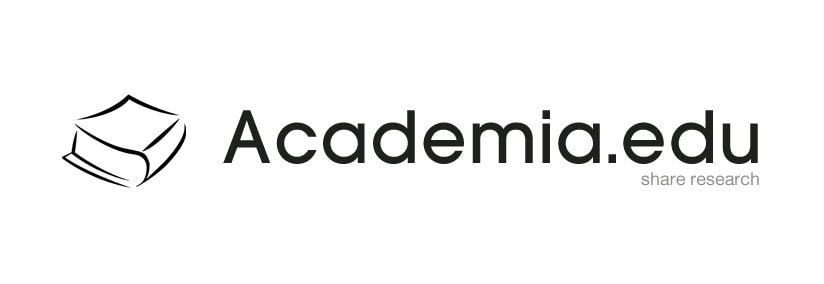
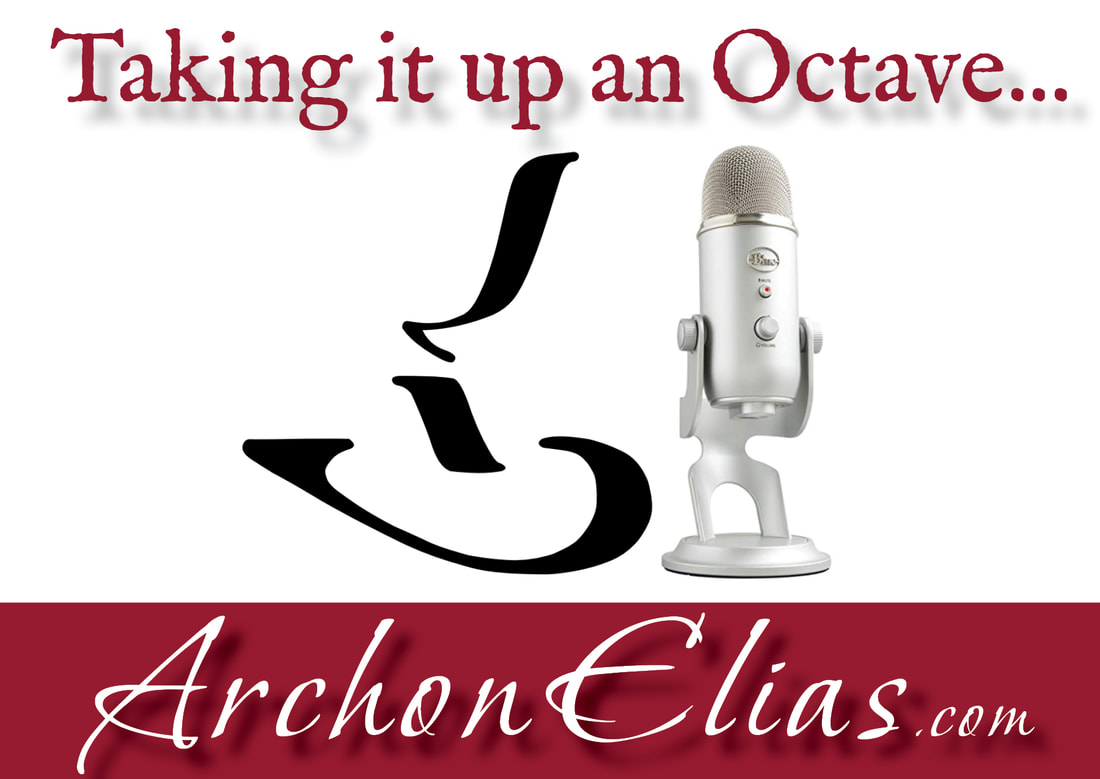
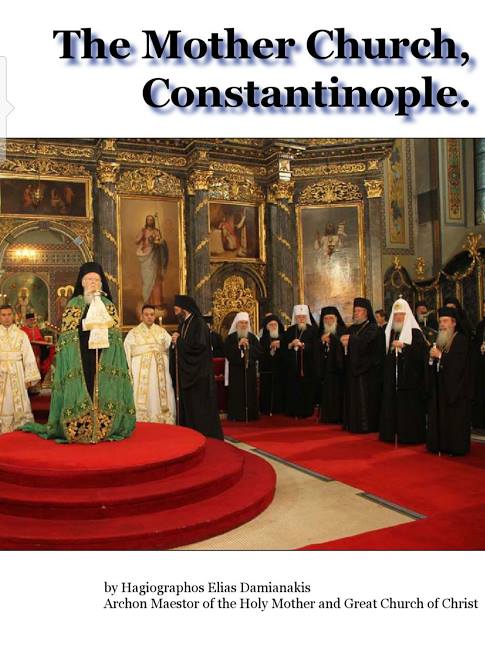


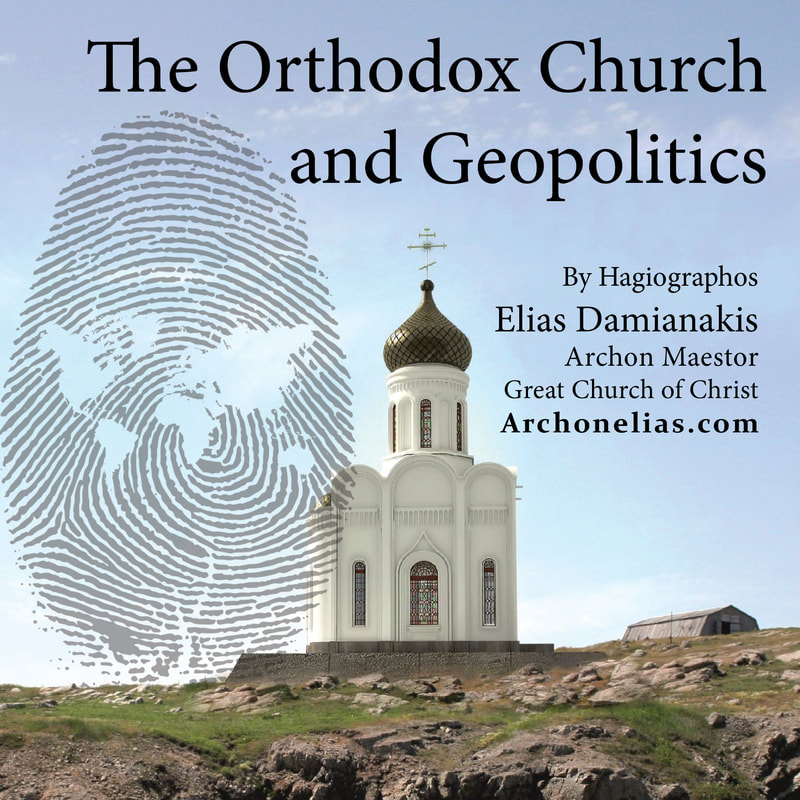
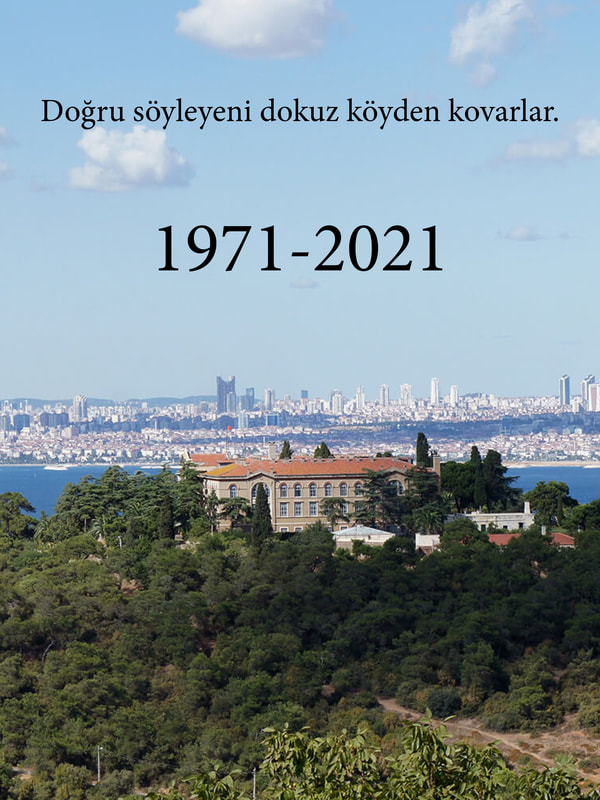
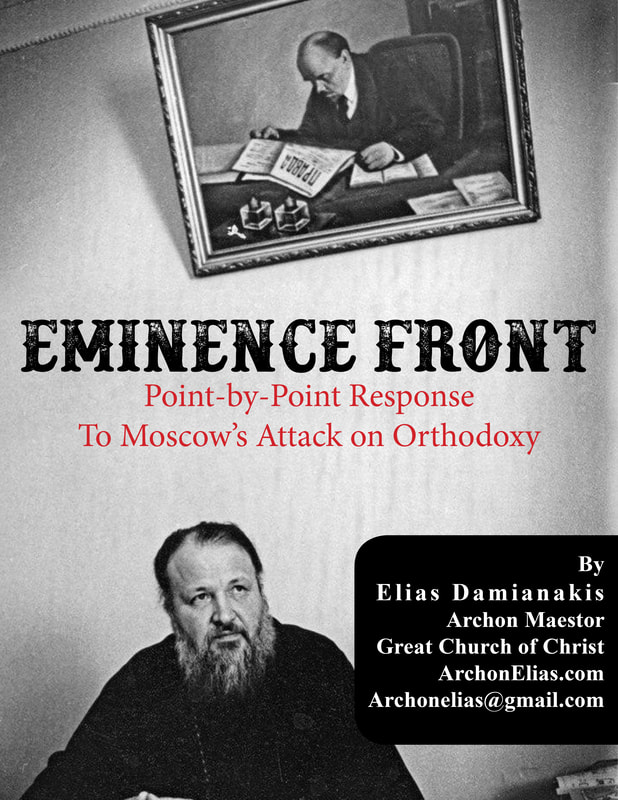

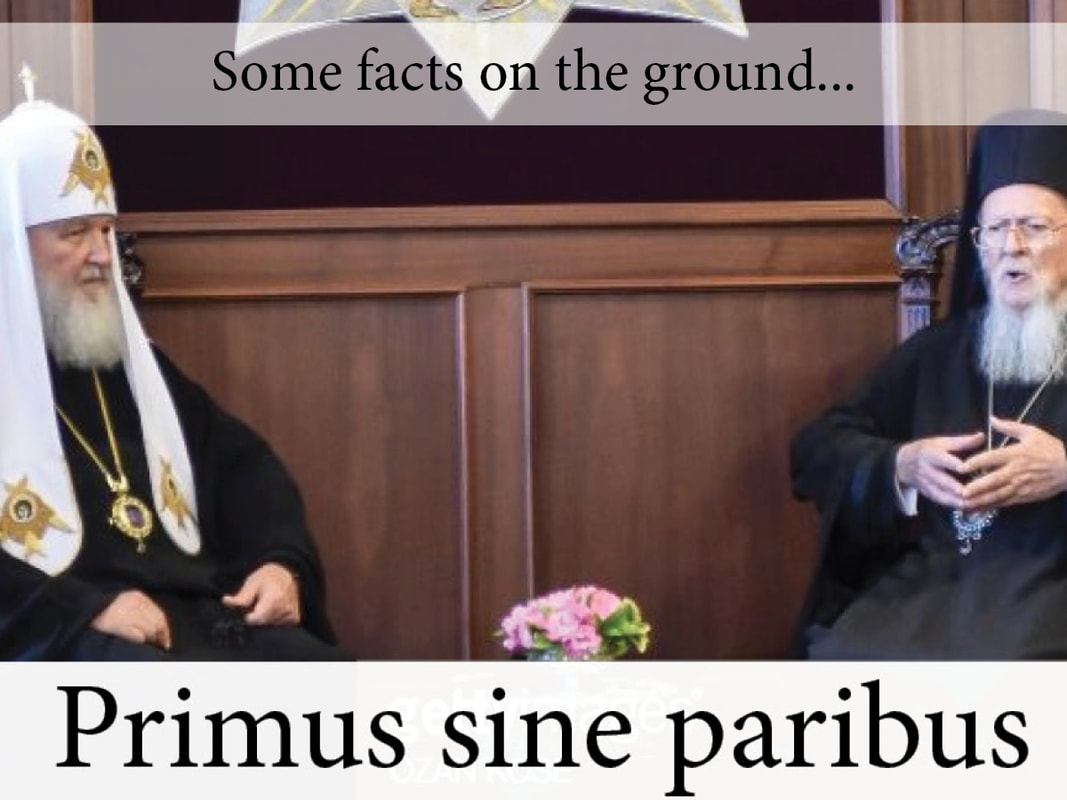
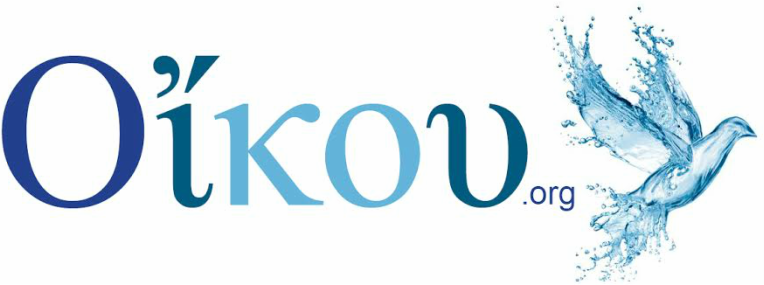
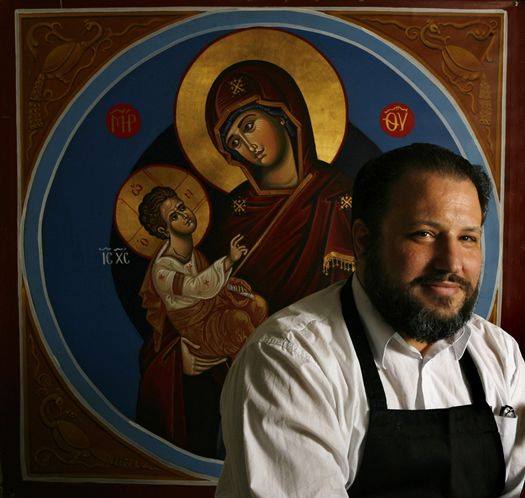

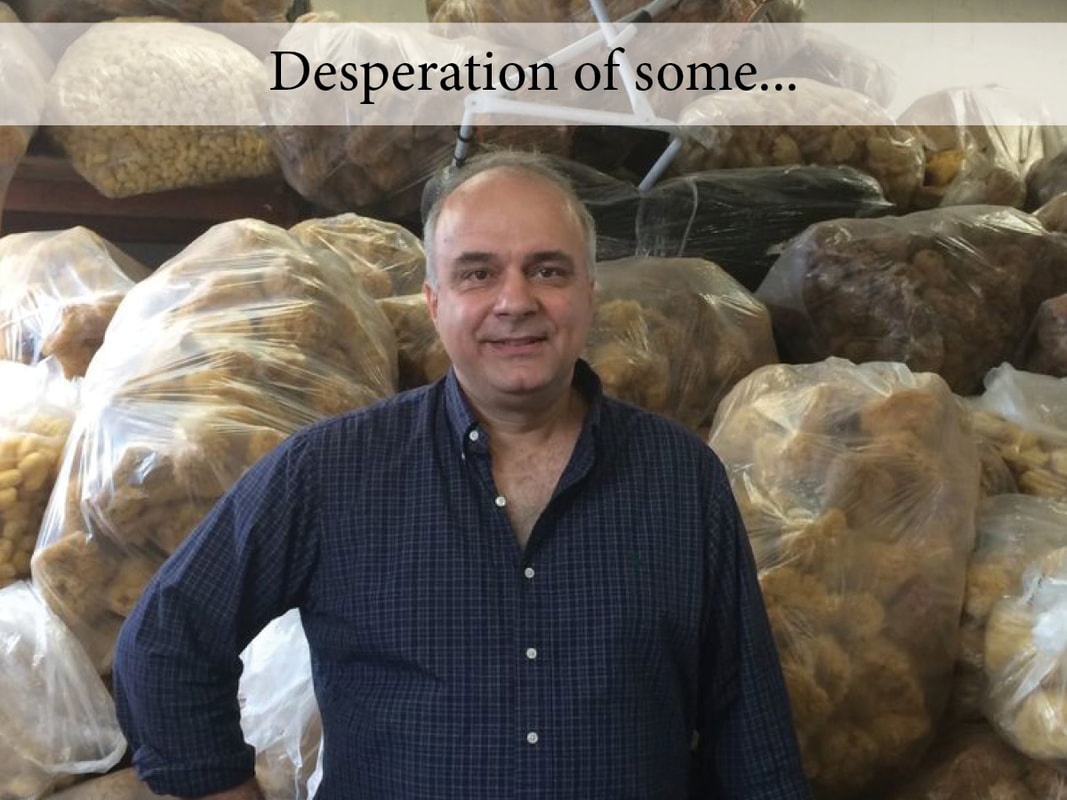
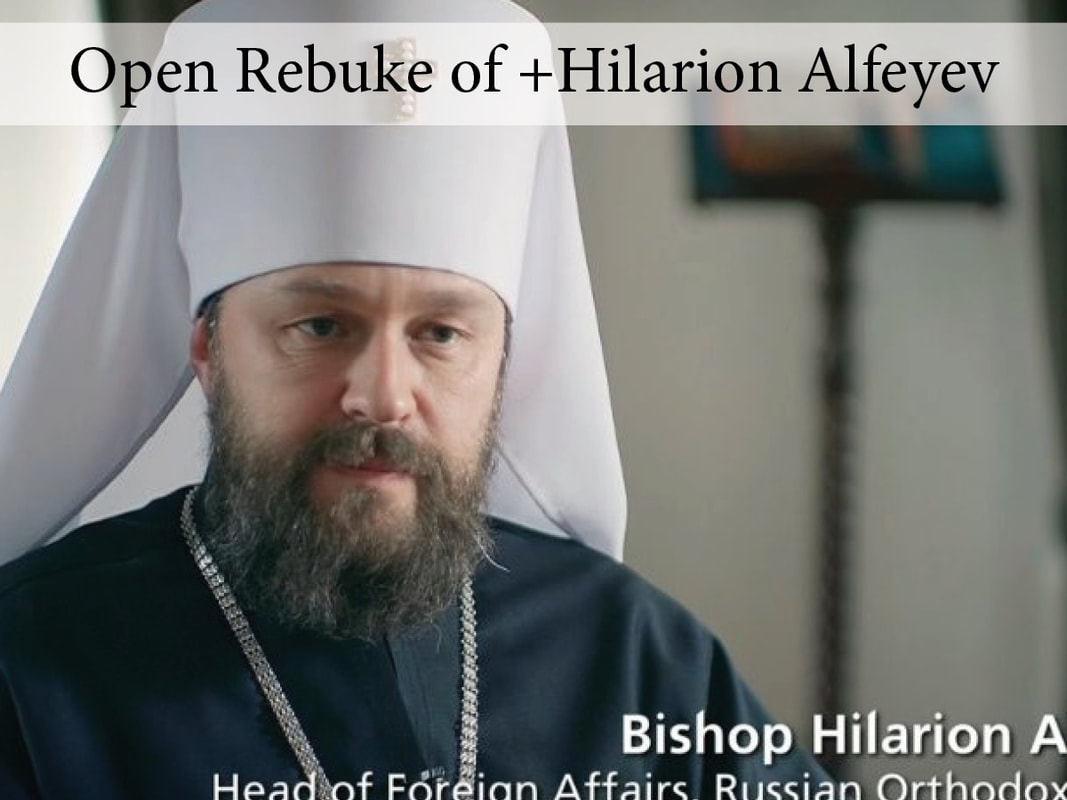
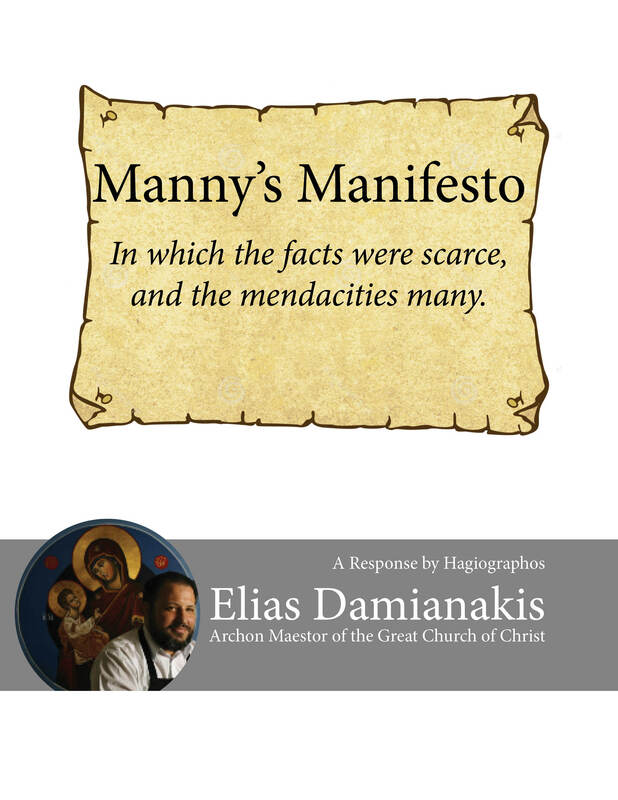
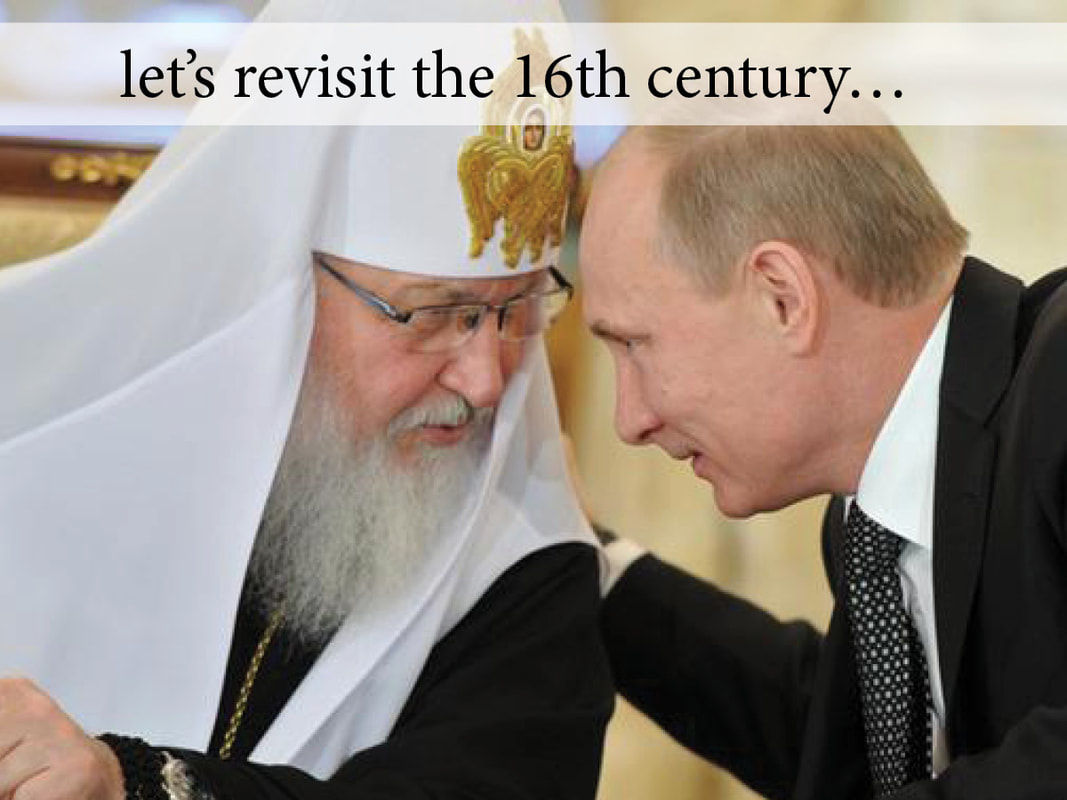

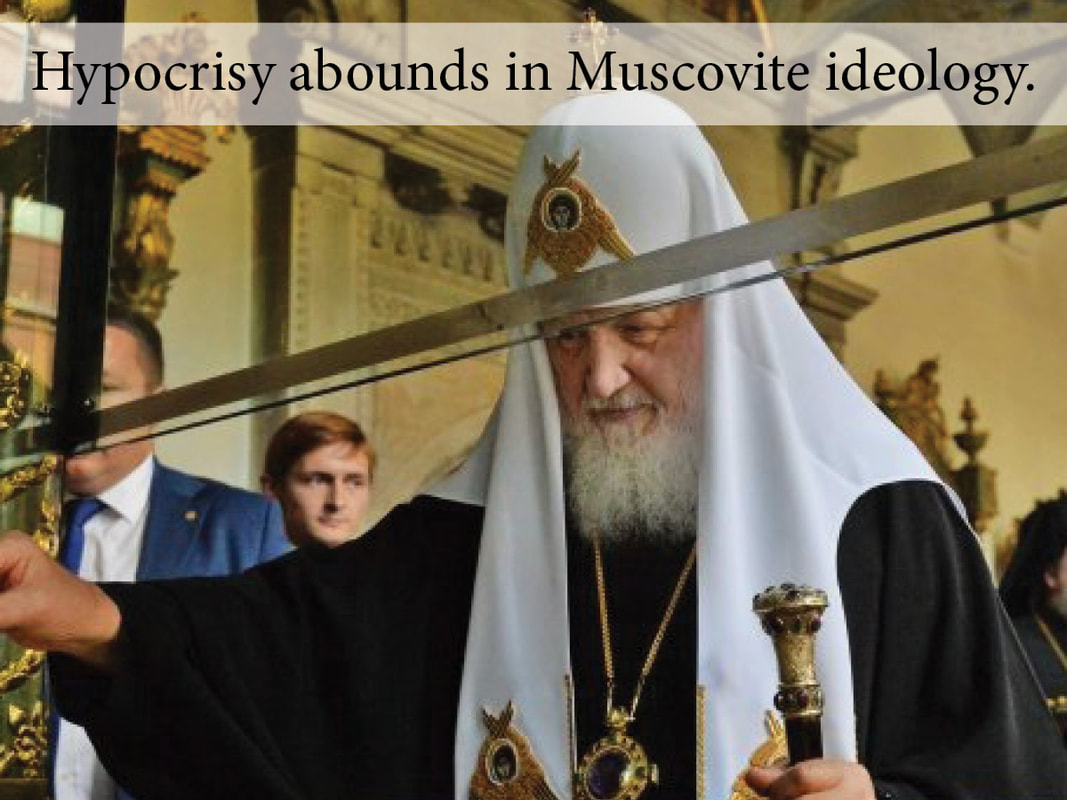
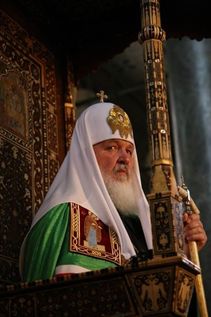
 RSS Feed
RSS Feed
